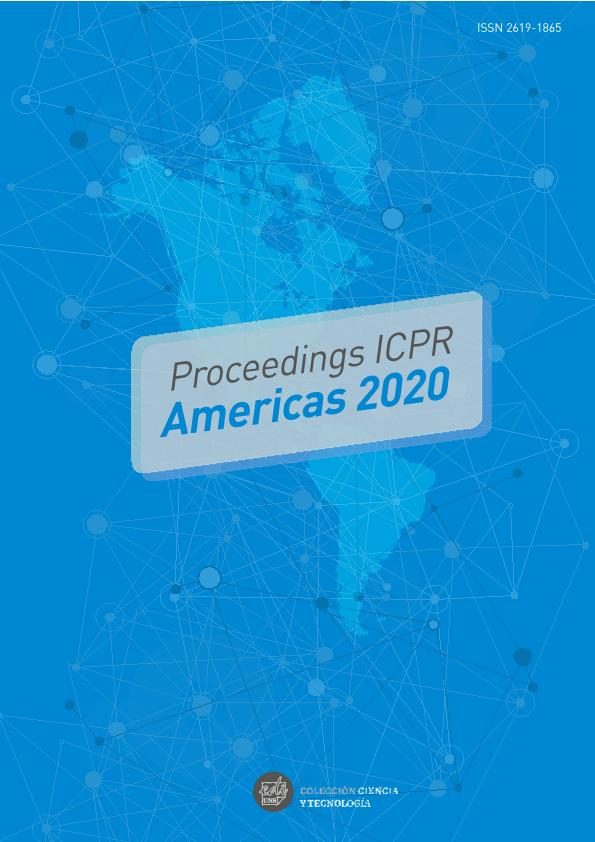Evento
Nanostructured lipid carrier developed with propolis wax residues
Tipo del evento:
Conferencia
Nombre del evento:
International Conference of Production Research-Americas
Fecha del evento:
09/12/2020
Institución Organizadora:
Universidad Nacional del Sur;
Título de la revista:
Proceedings ICPR Americas 2020
Editorial:
Universidad Nacional del Sur
ISSN:
2619-1865
Idioma:
Inglés
Clasificación temática:
Resumen
Propolis is widely used in food and pharmaceutical industries because of theirantioxidant and antimicrobial activity [1]. When the content of propolis wax is majorthan 40%, which is the maximum limit established by the Argentine legislation, rawpropolis is considered as low quality and usually discarded [2]. However, propolis waxalso has plenty of properties to be exploited in several fields of science and technology.Propolis wax exhibits similar composition and physicochemical properties to bee wax,is stable over time, solid at room temperature, insoluble in water, resistant to hydrolysis,and natural oxidization [3]. Due to its polyphenols content, about 2.4-5%, propolis waxalso has antioxidant and antimicrobial activity [4].Quercetin (3,3′,4′,5,7-pentahydroxyflavone) is a potent antioxidant flavonoid wellknown because of its health benefits as a neuroprotective, antioxidant, antiviral,anticancer agent, antihypertensive, vasodilator, anti-inflammatory, and anti-allergy [5].Therefore, quercetin has been used as a nutritional supplement or added to food andbeverages. However, the limitation of quercetin incorporation into foods is itsdegradation when it is exposed to high temperature, oxygen or light, and its poorsolubility [6].Lipid-based nanocarriers, such as nanostructured lipid carriers (NLCs) are solid lipidnanoparticles composed of a mixture of solid and liquid lipids, used as a nutritionalsupplement carrier in the food industry [7]. NLCs have the advantage to be loaded withhydrophilic or hydrophobic compounds with high loading capacity and a minimizedexpulsion during storage [8]. Thus, the incorporation into NLCs of poor water-solublebioactive compounds such as oil-soluble vitamins, carotenoids or flavonoids, increasestheir stability and bioavailability in foods [9].The uses of natural biomaterials were studied in the last years for lipid-basednanocarriers development. The aim of this work is to develop quercetin loaded NLCsfrom propolis wax residues, in order to improve the bioavailability and stability ofquercetin into foods. Furthermore, it is worth mentioning that this add value to lowquality propolis with high wax content.
Palabras clave:
NANOSTRUCTURED LIPID CARRIER
,
WAX PROPOLIS
,
QUERCETIN
Archivos asociados
Licencia
Identificadores
Colecciones
Eventos(PLAPIQUI)
Eventos de PLANTA PILOTO DE INGENIERIA QUIMICA (I)
Eventos de PLANTA PILOTO DE INGENIERIA QUIMICA (I)
Citación
Nanostructured lipid carrier developed with propolis wax residues; International Conference of Production Research-Americas; Bahía Blanca; Argentina; 2020; 753-1758
Compartir




